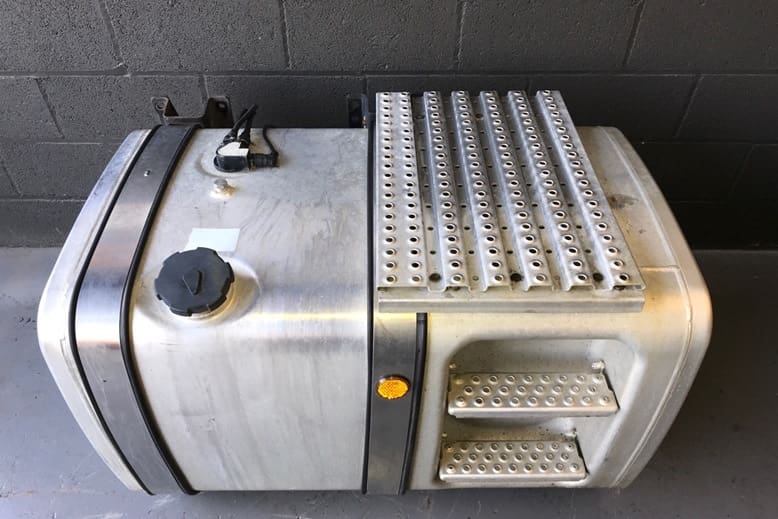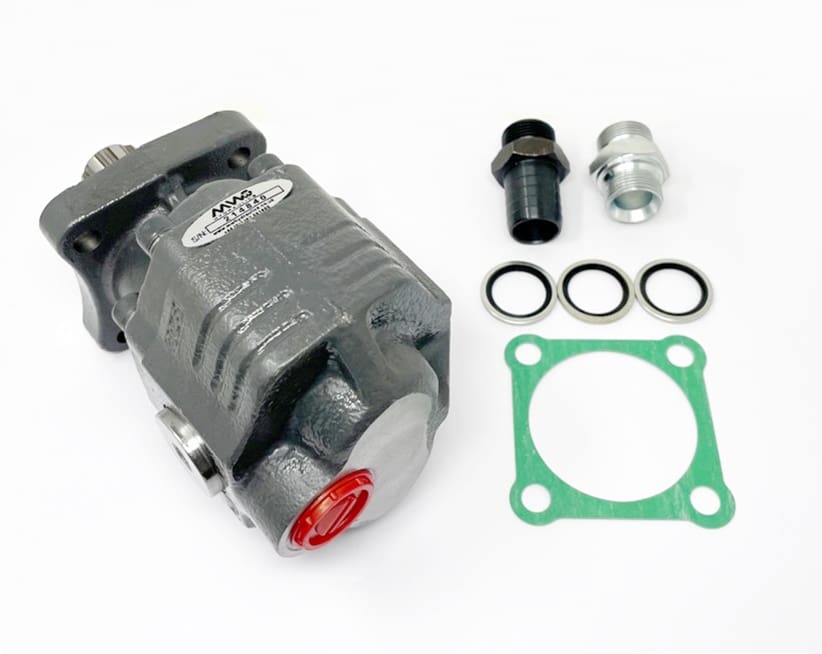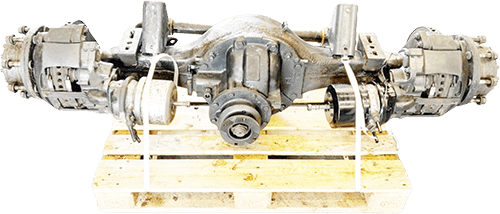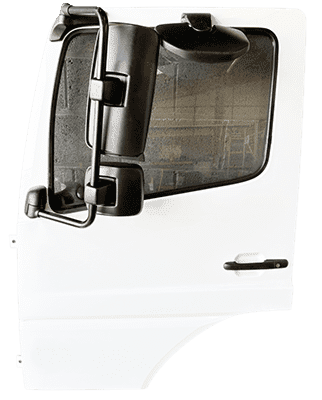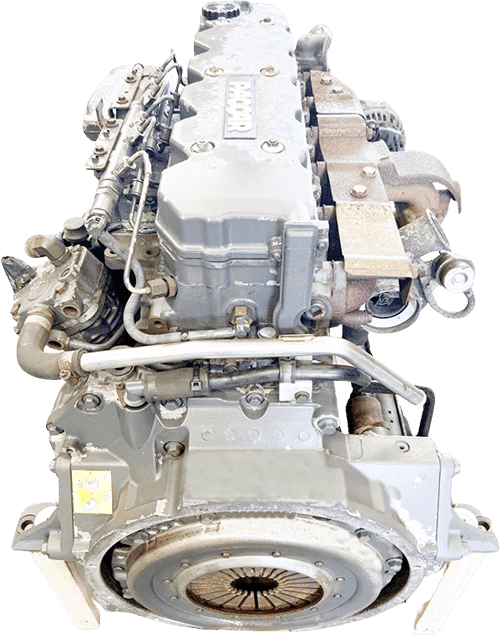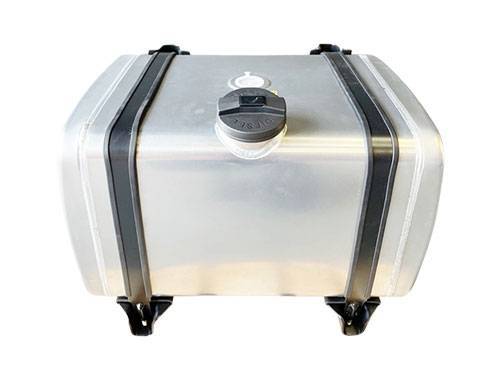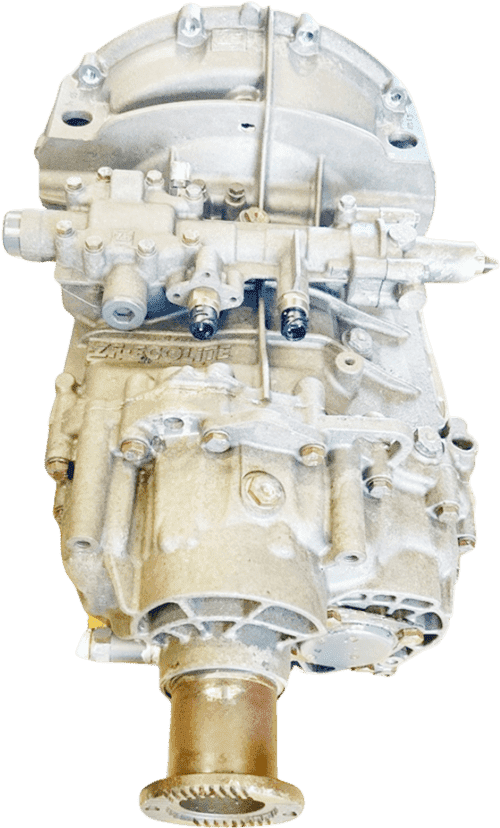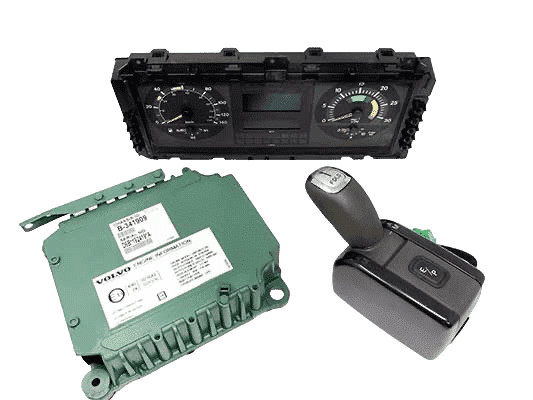Tandem pumps excel when you need two separate hydraulic functions from one PTO mounting. Skip loaders and hook lifts benefit most from these dual-circuit designs.
Traditional single pumps force operators to choose between functions or install multiple PTOs. Tandem configurations solve this problem by stacking two independent gear pumps on one shaft.
Let’s examine which truck applications truly benefit from tandem pump technology.
Skip loader operations
Skip loaders need hydraulic power for both lifting arms and bin locking mechanisms. An 82L primary pump handles the main lifting circuit whilst a 51L secondary manages locks and safety systems.
Running both pumps independently prevents bin locks from releasing during lifting operations. Separate circuits mean system failure in one function doesn’t compromise the other — crucial for safety.
Related: The difference between tandem and piston pumps
Hook lift systems
Hook lifts demand high flow for the main ram extension plus moderate flow for stabiliser legs. Tandem pumps deliver both without complex valve arrangements and flow dividers.
Equal displacement configurations (82L-82L) suit heavy-duty hook lifts needing matched stabiliser speeds. Split configurations work better when stabiliser requirements stay minimal.
Crane truck applications
Mobile cranes benefit from tandem pumps running boom functions on one circuit, outriggers on another. Operators can position outriggers whilst simultaneously preparing boom systems.
Independent circuits prevent pressure spikes in one system from affecting the other. Smooth crane movements depend on consistent pressure — tandem pumps deliver this isolation naturally.
Combination tipping systems
Trucks running both tipping gear and auxiliary equipment suit tandem configurations perfectly. Primary pumps handle tipping cylinders whilst secondary circuits power tail lifts or sheeting systems.
Split displacement ratios match different flow requirements — 82L for tipping, 51L for auxiliaries. Operators avoid constantly switching between functions or running oversized single pumps.
Related: How to specify the correct twin-flow axis pump
Walking floor limitations
Walking floor systems don’t suit tandem gear pumps due to pressure requirements exceeding 210 bar limits, where continuous high-pressure operation suits piston pump technology better.
Gear pump efficiency drops dramatically above 200 bar, making them unsuitable for walking floors. Save tandem configurations for moderate-pressure applications where their simplicity shines.
Municipal vehicle benefits
Council trucks running multiple hydraulic functions thrive with tandem pumps. Gritting equipment, snow ploughs, and lifting mechanisms all need independent control.
Tandem setups allow simultaneous operation — spreading grit whilst adjusting plough height. Municipal operators value this flexibility during time-critical winter operations.
Installation considerations
Tandem pumps weigh around 28kg — heavier than single units but lighter than two separate pumps. Single PTO mounting simplifies installation compared to dual-pump arrangements.
Port sizing at 1¼” BSP suits the combined flow potential of both pump sections, although you should ensure your hydraulic tank capacity matches the increased flow demands of dual circuits first.
Making the right choice
Choose tandem pumps when you regularly use two hydraulic functions at moderate pressures. Single pumps with flow dividers cost less but lack the operational flexibility.
Avoid tandem gear pumps for high-pressure applications exceeding 190 bar continuous operation. Piston pumps handle these demands better despite higher initial costs.
Additional reading: DIY hydraulic wet kits – a guide to our products








